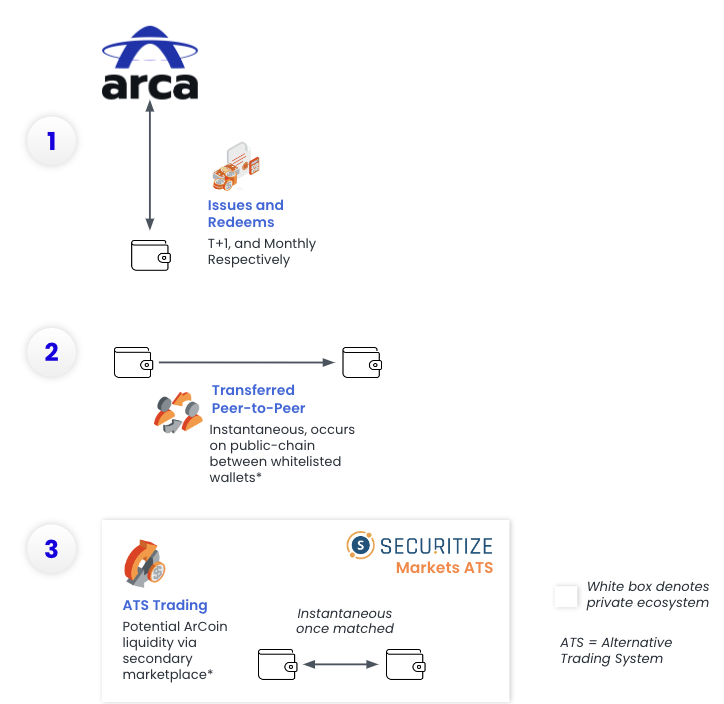Podcast Summary
In this episode of “Uncommon Core,” the hosts, Jon and Hasu, discuss the scalability issues of the Ethereum network and the potential solutions offered by projects like Solana and Eclipse. They delve into the technical aspects of Ethereum Virtual Machine (EVM) optimization, the concept of rollups, and the potential of parallel execution. The hosts also touch on the social dynamics of the Solana community and the competitive nature of blockchain platforms.
Key Takeaways
Addressing Ethereum’s Scalability Issues
- Ethereum’s Scalability Bottlenecks: The hosts discuss the scalability issues of the Ethereum network, noting that the current system is not optimized for a bull market due to single-threaded EVMs and high transaction fees. They highlight the need for performance improvements in virtual machines (VMs).
- Investments in Scalability Solutions: Jon shares updates on his venture fund, DBA, which has invested in projects like Eclipse and Solana that aim to address Ethereum’s scalability bottlenecks. These projects seek to bring Solana’s innovations to the Ethereum ecosystem, essentially creating Solana rollups on Ethereum.
- Role of Rollups: The hosts discuss the concept of rollups as a form of parallel execution or a “dirty form of sharding” for Ethereum. They clarify that while rollups are not technically the same as sharding, they can be seen as extensions of Ethereum.
- Importance of EVM Optimization: The hosts delve into the technical aspects of EVM optimization, discussing the potential to improve performance by addressing bottlenecks and exploring the limits of a fully optimized EVM.
- Community Dynamics: The hosts touch on the social dynamics of the Solana community, contrasting it with Ethereum conferences, and reflect on the positive energy among developers who have persevered through challenges in the Solana ecosystem.
Competitive Nature of Blockchain Platforms
- One Chain to Rule Them All: The hosts discuss the competitive nature of blockchain platforms, particularly the notion that there might be a “one chain to rule them all” scenario. They argue that competition isn’t zero-sum unless chains are targeting identical designs and user bases.
- Architectural Trade-offs: The conversation shifts to architectural trade-offs between different chains, highlighting Eclipse’s unique approach compared to Solana. Eclipse prioritizes data availability sampling and proofs, while Solana focuses on a large validator set for immediate guarantees.
- User Experience and Network Effects: The hosts emphasize the importance of simplicity for users. They mention that L2 designs allow Ethereum users to maintain a clear mental model, using canonical ETH as a gas token without the complexity of wrapped tokens or different bridges.
Sentiment Analysis
- Bullish: The hosts express a bullish sentiment towards the potential of projects like Solana and Eclipse to address Ethereum’s scalability issues. They highlight the innovations these projects bring to the Ethereum ecosystem and the positive energy within the Solana community.
- Neutral: While the hosts acknowledge the scalability issues of the Ethereum network, they maintain a neutral stance on the overall direction of Ethereum. They discuss the potential solutions, such as rollups and EVM optimization, but also note the challenges these solutions present.












